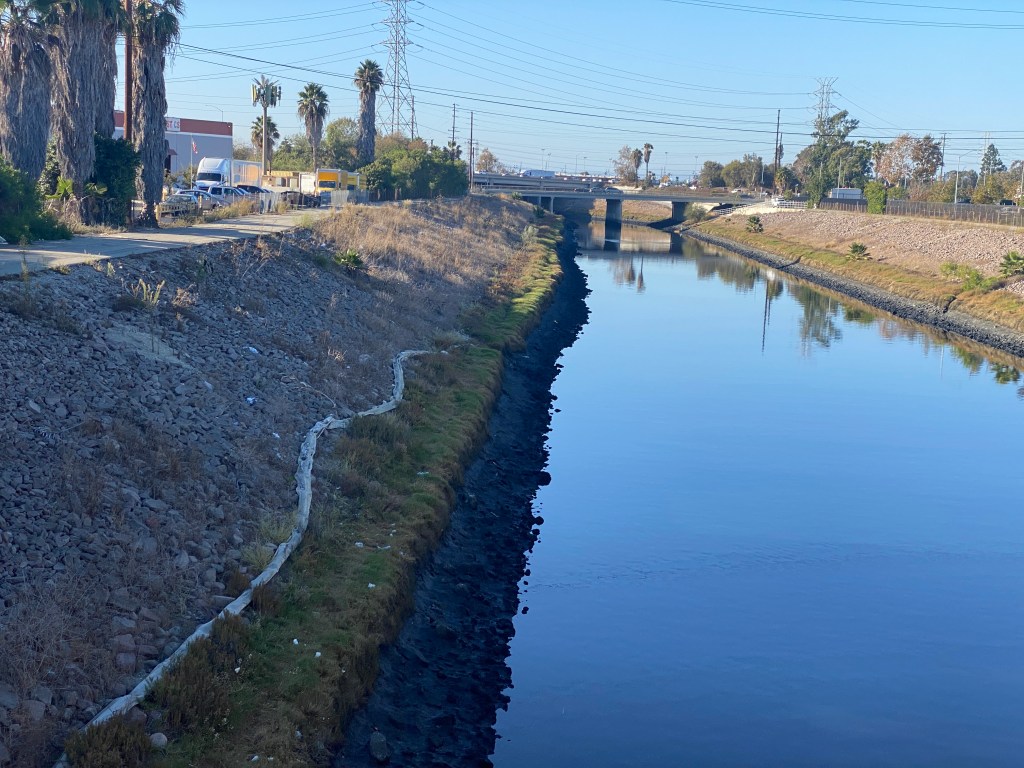Residents of a major Arctic city are currently unable to access clean tap water because of fears the supply is contaminated with some type of petroleum.
Since the first week of October, people living in Iqaluit, Nunavut, have complained about a gasoline-like odour coming from the waters. The smell prompted officials to call a local state of emergency on Tuesday, and Nunavut’s public health department to issue a water advisory.
Videos by VICE
“Do not use the tap water for drinking or cooking,” says the advisory. Tap water can be used for laundry, cleaning, and showers, but pregnant women and babies shouldn’t bathe in it, the statement says.
Sima Sahar Zerehi noticed the odour while she was trying to bathe her baby last Tuesday.
“With an 8-month-old baby, it’s so scary. It’s one thing to think that you are drinking lethal water, but it’s another to think about passing it through your breast milk… or bathing (your baby) in it,” Zerehi said.
When people first reported the odour, local officials said initial tests suggested the water was safe to use. But further investigations resulted in samples being sent out of the territory. While petroleum products are likely contaminating the water, according to Nunavut’s health authority, final results are expected next week.
Zerehi said her husband, Jeff Ungalaq Maurice, spent all day Wednesday travelling back and forth to a nearby river, collecting water and delivering it to his family and other community members. “Single moms, elders… Lots of people who don’t have access to vehicles and dont have the ability to get their own water,” Zerehi said.
Like Maurice, people have been travelling with jugs to fresh water sources to fetch water to use at home. The city also set up centralized water stations.
“It’s hard to carry. If you don’t have a vehicle or have mobility issues, that becomes impossible,” Zerehi said.
The situation is made worse by long-standing problems in Iqaluit, including steep food prices. Zerehi estimated that a case of bottled water, for example, was selling for $24 per case when the water advisory was issued. By the next day, all bottled water was sold out, so even people who could afford the expense couldn’t get it, she said.
More than half of the people living in Iqaluit are Inuit, and their knowledge has helped.
“This is a strong Indigenous community. People have lived here for a really long time, way before there was any kind of water services, so there’s a memory for what to do, and knowledge with how to live off land,” Zerehi said.
Maurice told VICE World News the federal government needs to step in and invest in adequate infrastructure for the community, including safe access to water and labs that allow locals to test their water supply.
“There’s been a focus of pointing fingers at the city… But we have a municipal government dealing with a failing infrastructure and trying to test water without labs in the territories,” Maurice said.
“There needs to be better coordination amongst different levels of government and Inuit organizations that do play a role in infrastructure, and the federal government has to step up and start investing,” Maurice said.
An Indigenous Service Canada spokesperson, Kyle Fournier, said the government is aware of the do not consume water advisory in Iqaluit and is “working with the city and residents to ensure they have access to safe water “as soon as possible.”
Fournier said the health and safety of Northerners is a federal government priority.
Across Canada, there are 45 long-term boil water advisories in First Nations.
“This is part of a pattern of systemic neglect in the need for clean and safe water in Indigenous communities across Canada,” Zerehi said.
“Maybe people will see our family and hear our story and realize there isn’t a huge difference between us and another family with a baby in another part of Canada. The difference is that the resources and infrastructure that we have are radically, radically different.”
Follow Anya Zoledziowski on Twitter.






